
Creative nonfiction is a genre of writing that uses literary styles and techniques to create factually accurate narratives. Creative nonfiction contrasts with other nonfiction, such as academic or technical writing or journalism, which is also rooted in accurate fact but is not written to entertain based on prose style.
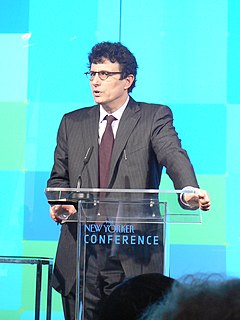
David J. Remnick is an American journalist and writer. He won a Pulitzer Prize in 1994 for his book Lenin's Tomb: The Last Days of the Soviet Empire and is also the author of Resurrection and King of the World: Muhammad Ali and the Rise of an American Hero. Remnick has been editor of The New Yorker magazine since 1998. He was named Editor of the Year by Advertising Age in 2000. Before joining The New Yorker, Remnick was a reporter and the Moscow correspondent for The Washington Post. He also has served on the New York Public Library board of trustees. In 2010 he published his sixth book, The Bridge: The Life and Rise of Barack Obama.
New Journalism is a style of news writing and journalism, developed in the 1960s and 1970s, that uses literary techniques deemed unconventional at the time. It is characterized by a subjective perspective, a literary style reminiscent of long-form non-fiction and emphasizing "truth" over "facts", and intensive reportage in which reporters immersed themselves in the stories as they reported and wrote them. This was in contrast to traditional journalism where the journalist was typically "invisible" and facts are reported as objectively as possible. The phenomenon of New Journalism is generally considered to have ended by the early 1980s.
Joseph Quincy Mitchell was an American writer best known for his works of creative nonfiction he published in The New Yorker. His work primarily consists of character studies, where he used detailed portraits of people and events to highlight the commonplace of the world, especially in and around New York City.
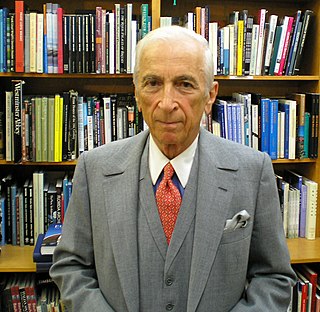
Gay Talese is an American writer. As a journalist for The New York Times and Esquire magazine during the 1960s, Talese helped to define contemporary literary journalism. Talese's most famous articles are about Joe DiMaggio and Frank Sinatra.

Valerie Martin is an American novelist and short story writer.

James Frey is an American writer and businessman. His first two books, A Million Little Pieces (2003) and My Friend Leonard (2005), were bestsellers marketed as memoirs. Large parts of the stories were later found to be exaggerated or fabricated, sparking a media controversy. His 2008 novel Bright Shiny Morning was also a bestseller.
Narrative journalism, also referred to as literary journalism, is defined as creative nonfiction that contains accurate, well-researched information. It is related to immersion journalism, where a writer follows a subject or theme for a long period of time and details an individual's experiences from a deeply personal perspective.

Adam Haslett is an American fiction writer and journalist. His debut short story collection, You Are Not a Stranger Here, and his second novel, Imagine Me Gone, were both finalists for both the Pulitzer Prize and the National Book Award. He has been awarded fellowships from the Guggenheim Foundation, the American Academy of Arts and Letters, and the American Academy in Berlin. In 2017, he won the Los Angeles Times Book Prize.
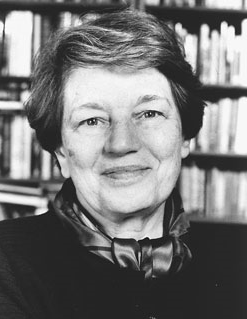
Mavis Leslie de Trafford Gallant,, née Young, was a Canadian writer who spent much of her life and career in France. Best known as a short story writer, she also published novels, plays and essays.
Arthur Lubow is a journalist who has written for national magazines since 1975 and is the author of Diane Arbus: Portrait of a Photographer (2016).
Thomas Cahill is an American scholar and writer. He is best known for The Hinges of History series, a prospective seven-volume series in which the author recounts formative moments in Western civilization.

Nan Talese is an American editor, and a veteran of the New York publishing industry. Talese is the Senior Vice President of Doubleday. Since 1990, Talese has been the Publisher and Editorial Director of her own imprint, Nan A. Talese/Doubleday, known for publishing notable authors such as Pat Conroy, Ian McEwan, and Peter Ackroyd.
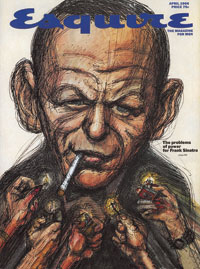
"Frank Sinatra Has a Cold" is a profile of Frank Sinatra written by Gay Talese for the April 1966 issue of Esquire. The article is one of the most famous pieces of magazine journalism ever written and is often considered not only the greatest profile of Frank Sinatra but one of the greatest celebrity profiles ever written. The profile is one of the seminal works of New Journalism and is still widely read, discussed and studied. In the 70th anniversary issue of Esquire in October 2003, the editors declared the piece the "Best Story Esquire Ever Published". Vanity Fair called it "the greatest literary-nonfiction story of the 20th century".
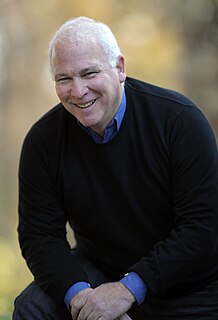
Jonathan Coleman is an American author of literary nonfiction living in New York City.
Times Books is a publishing imprint owned by The New York Times Company and licensed to Henry Holt and Company.

The Kingdom and the Power: Behind the Scenes at The New York Times: The Institution That Influences the World is a 1969 book by Gay Talese about the inner workings of The New York Times, the newspaper where Talese had worked for 12 years. The book was originally subtitled "The Story of The Men Who Influence The Institution That Influences the World." The book is credited with starting the trend of "media books" as noted by Portfolio at the New York University School of Journalism, books that "portraying the inner-workings of a media establishment, turning the tables on the people who write and report the news, and making them the subject."
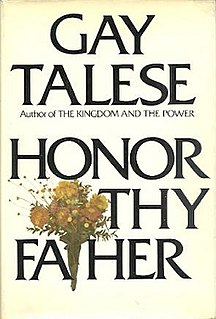
Honor Thy Father is a 1971 book by Gay Talese, about the travails of the Bonanno crime family in the 1960s, especially Salvatore Bonanno and his father Joseph "Joe Bananas" Bonanno.
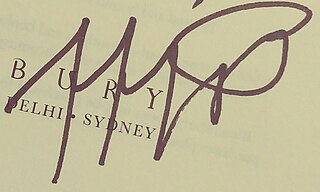
Mary Pilon is an American journalist who primarily writes about sports and business. A regular contributor to the New Yorker and Bloomberg Businessweek, her books are The Monopolists (2015) and The Kevin Show (2018). The former is being developed into a feature film. She has also worked as a staff reporter covering sports for The New York Times and has also written for Vice, Esquire, NBC News, among other outlets.
Gerald Foos is the former owner of the Manor House Motel, which operated in Aurora, Colorado. He was the subject of Gay Talese's 2016 article "The Voyeur's Motel" in The New Yorker, in which Talese disclosed that Foos was a long time voyeur of people staying in his hotel, having installed grilles in the ceiling of most of the rooms that enabled him to view his guests without their knowledge. Foos's observational focus was the sexual activities of those staying at the Manor House.













